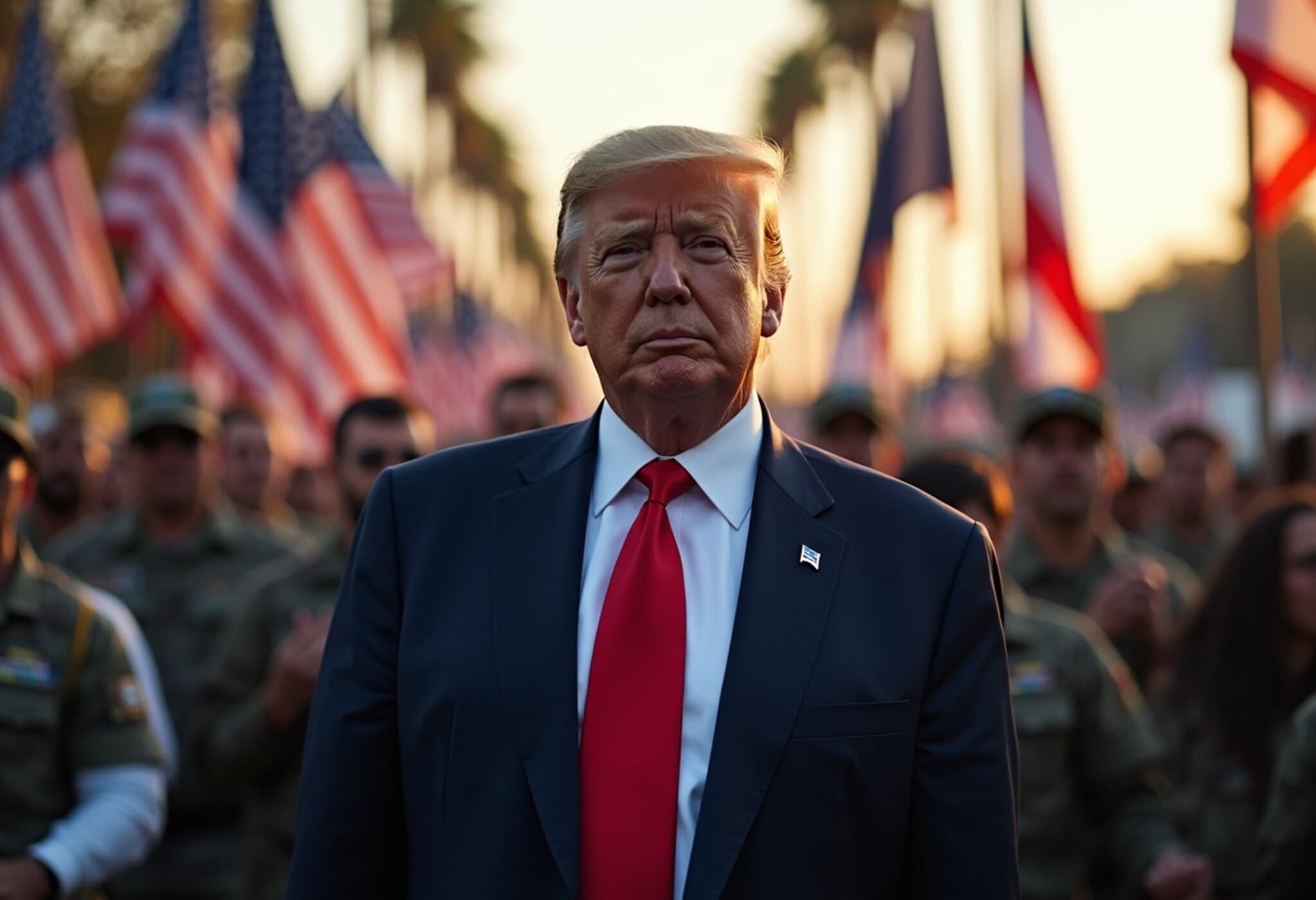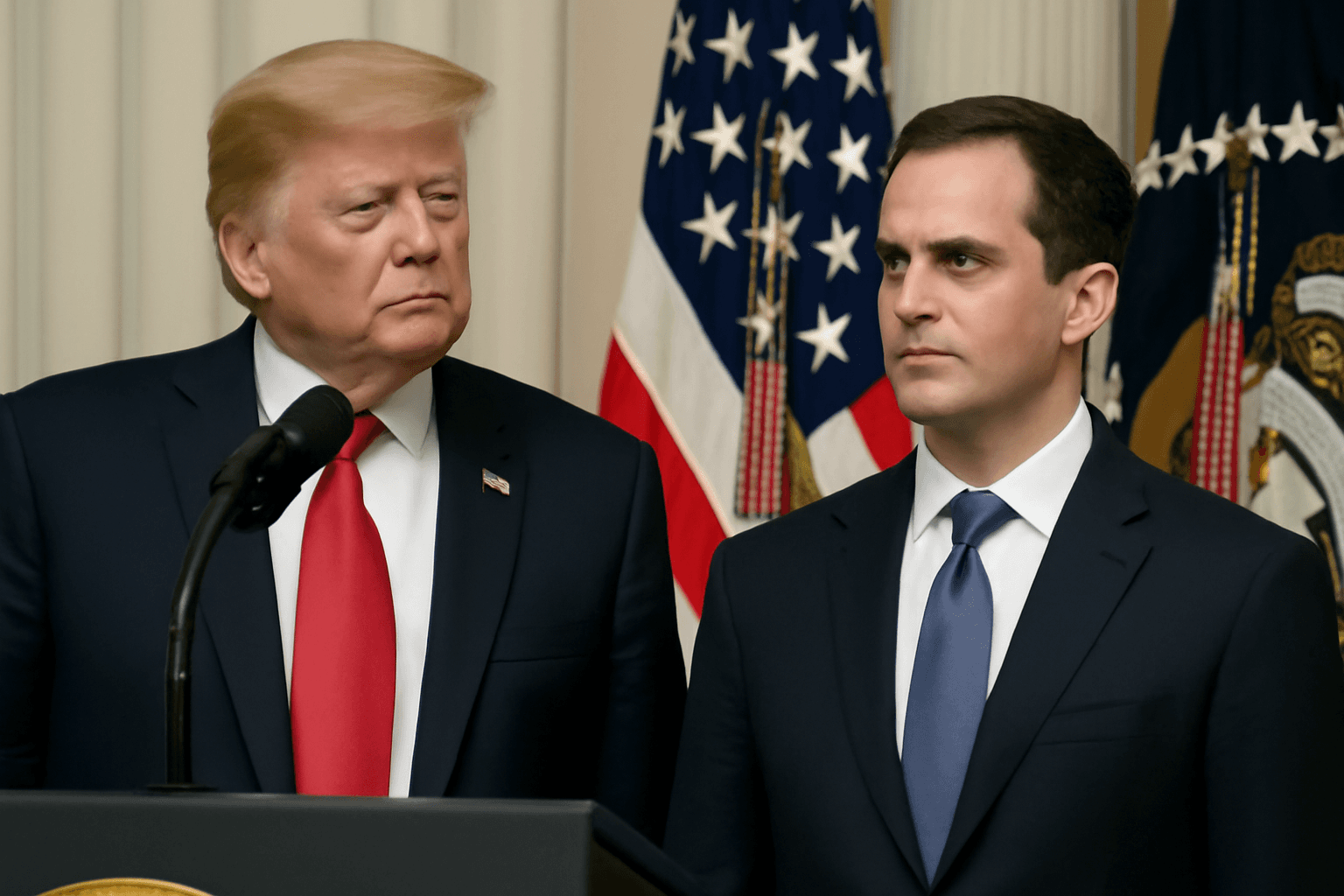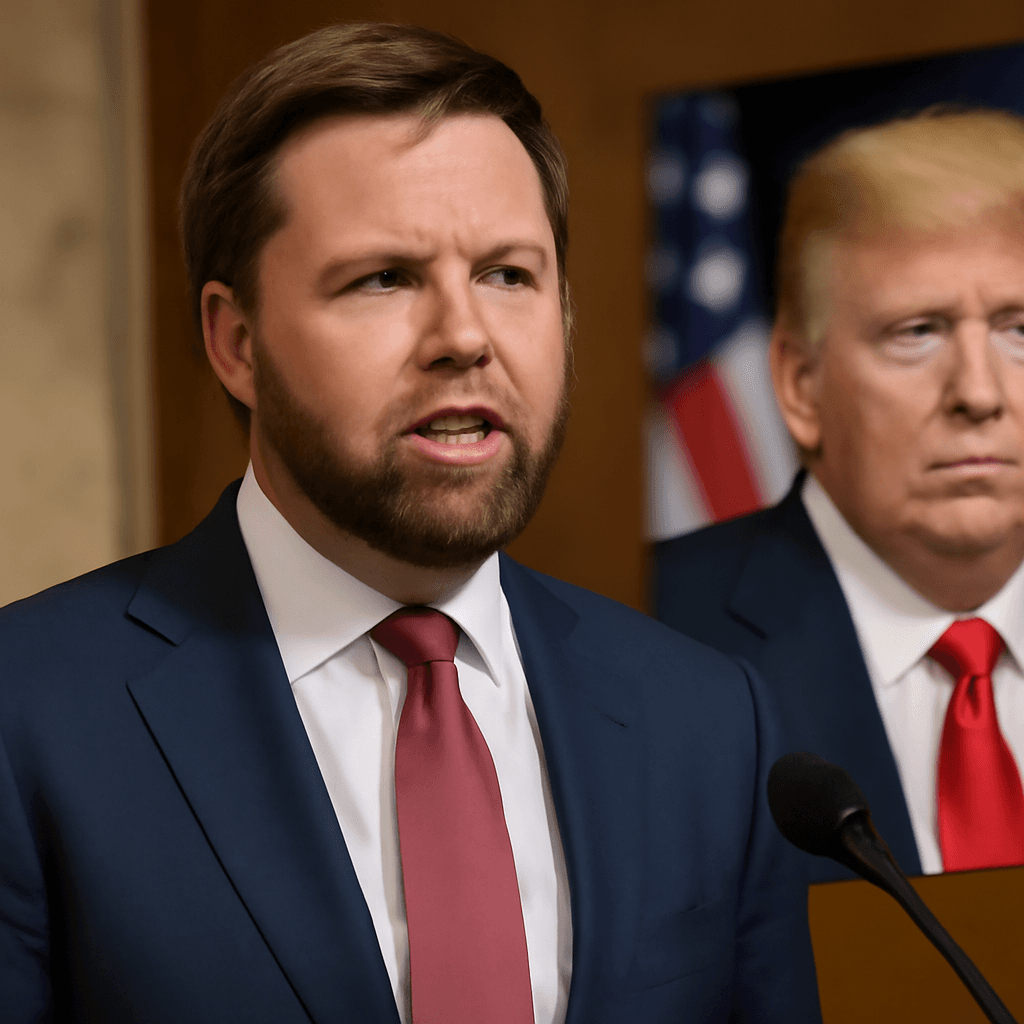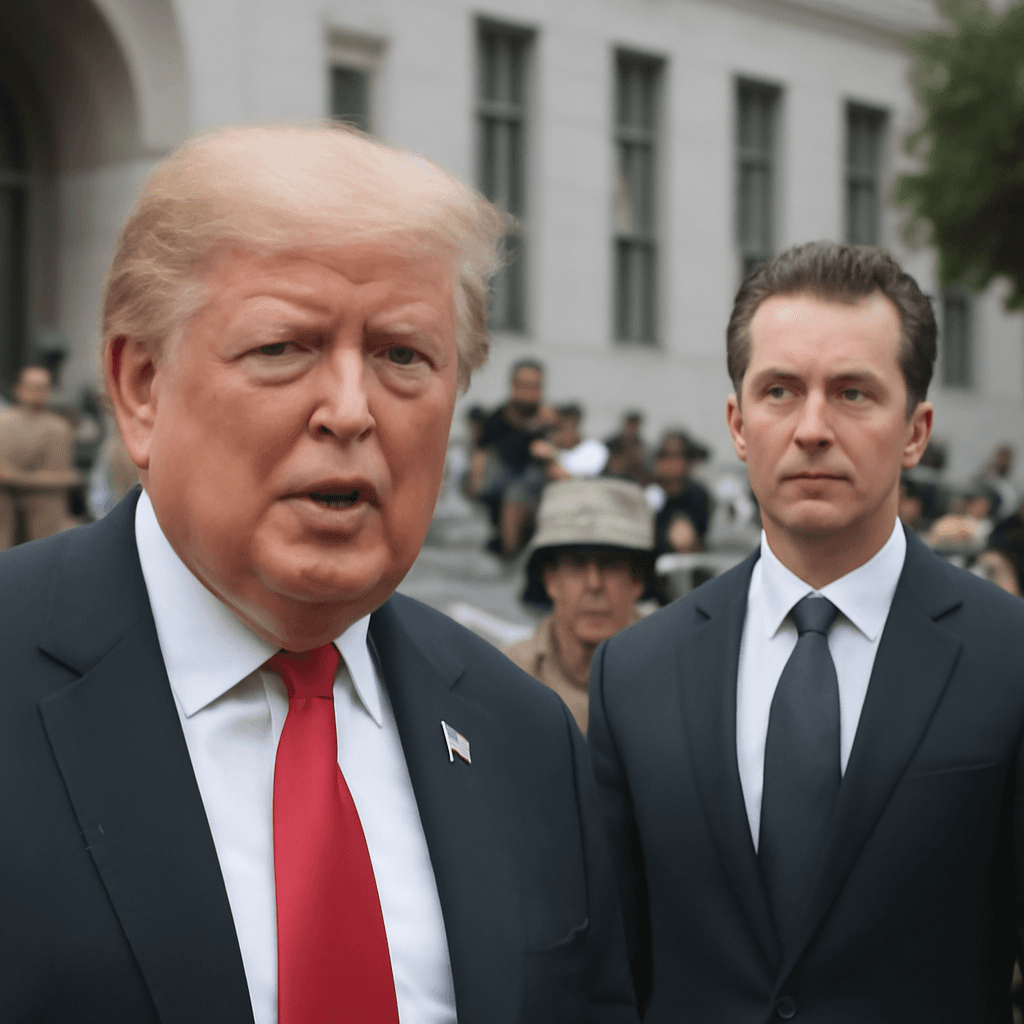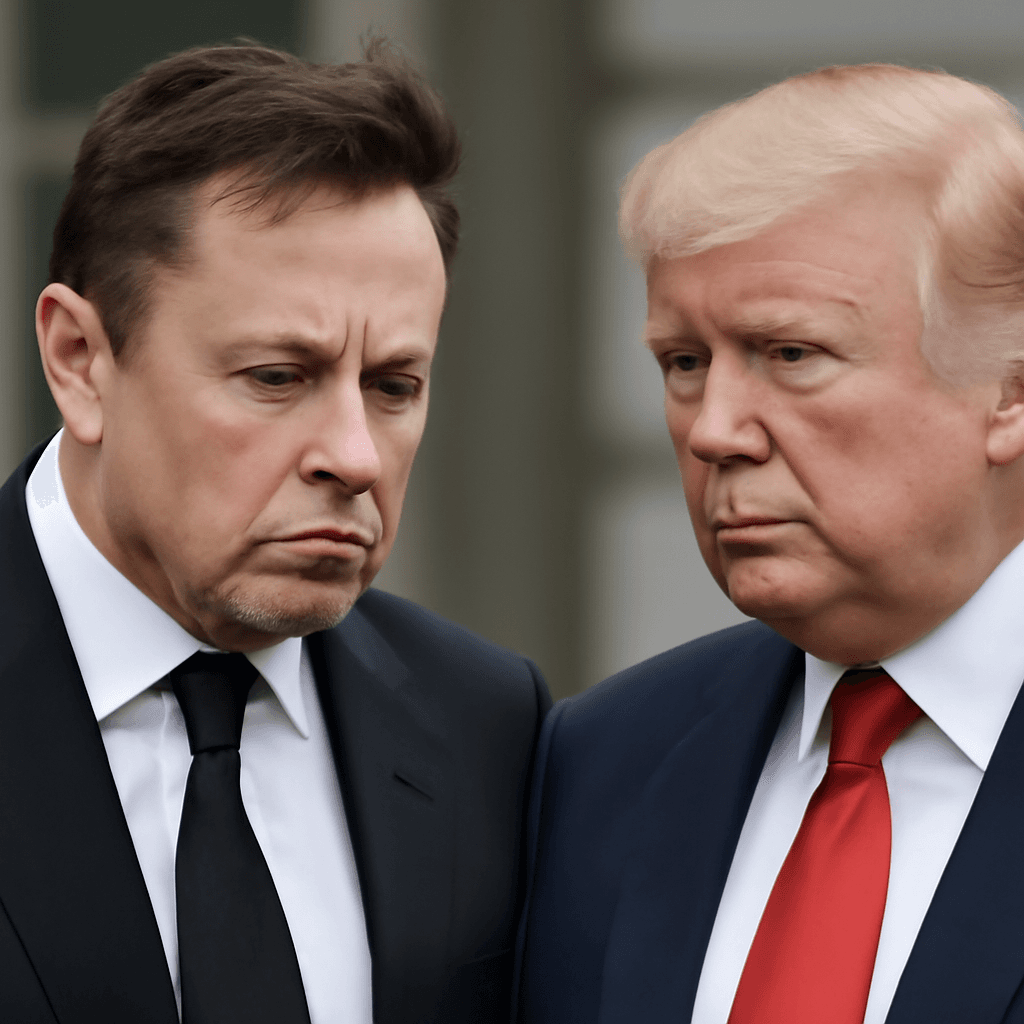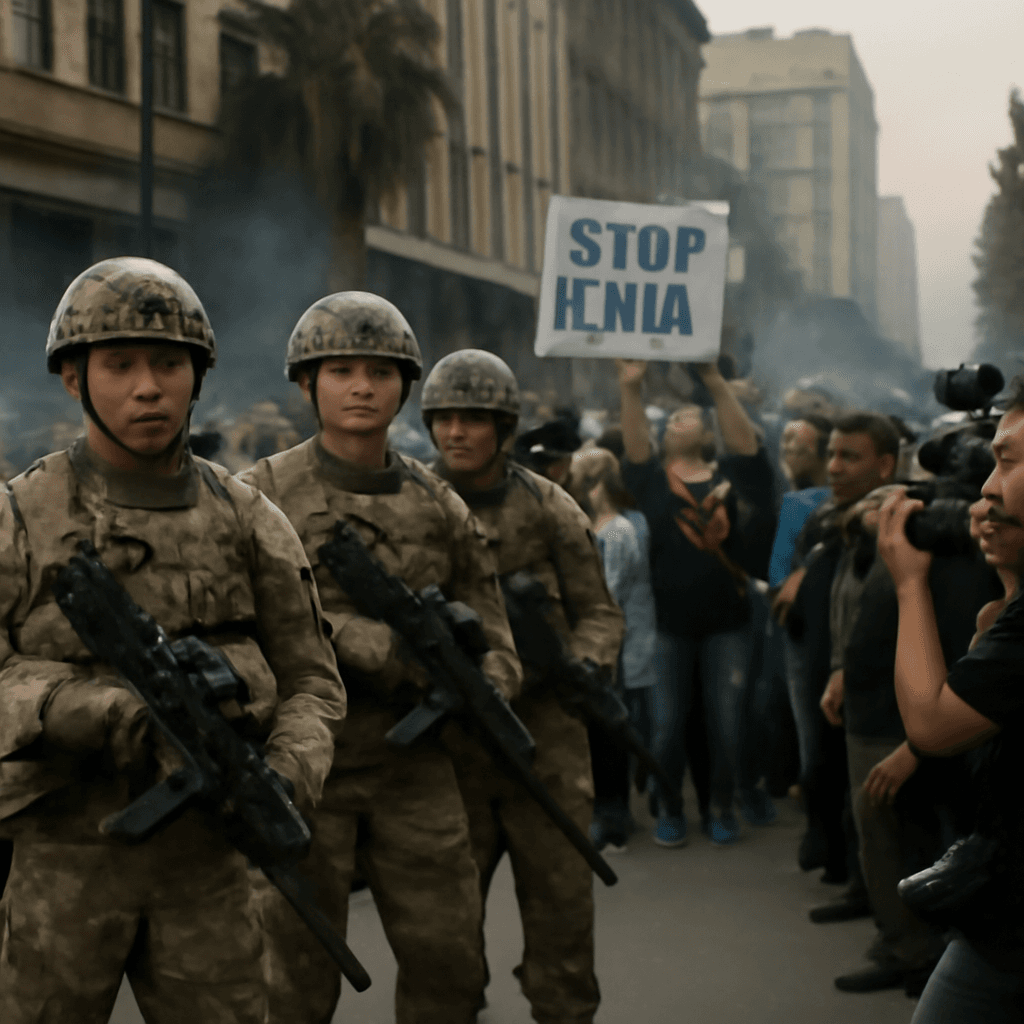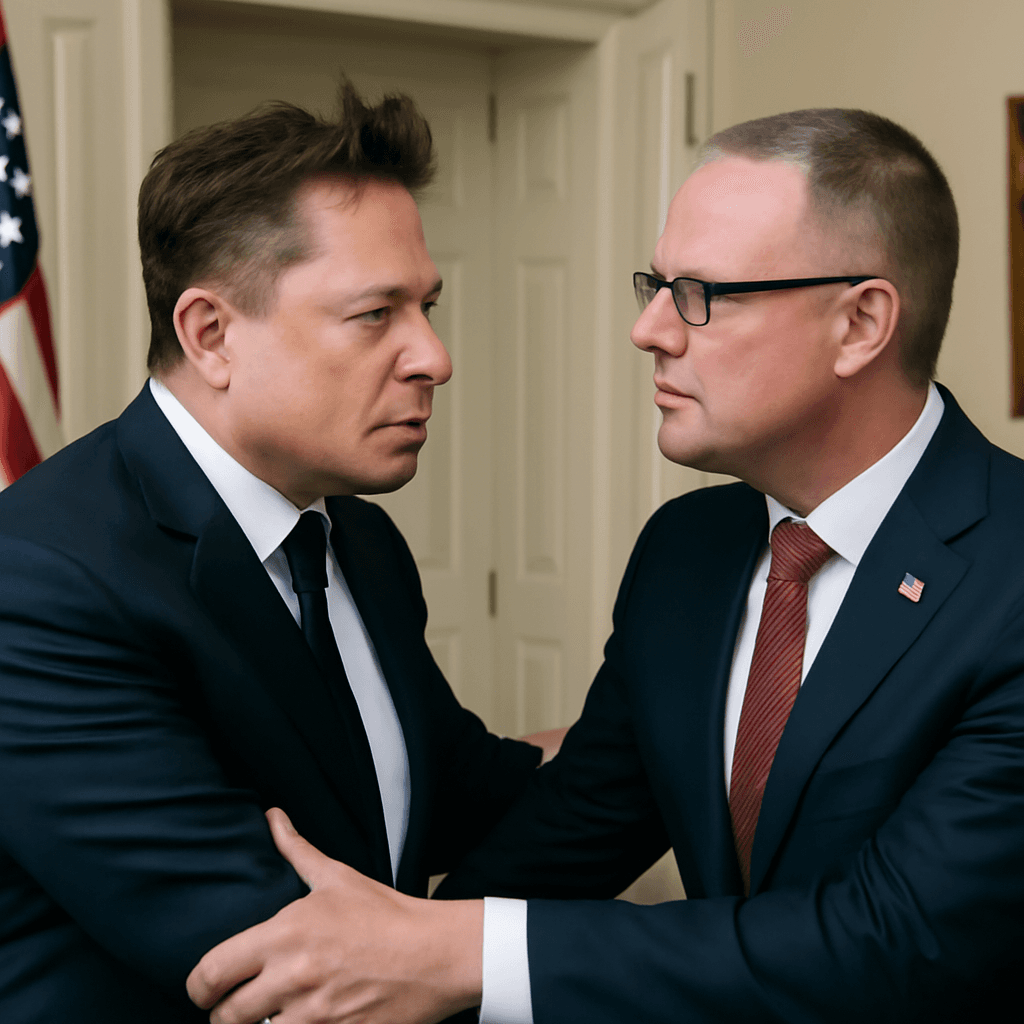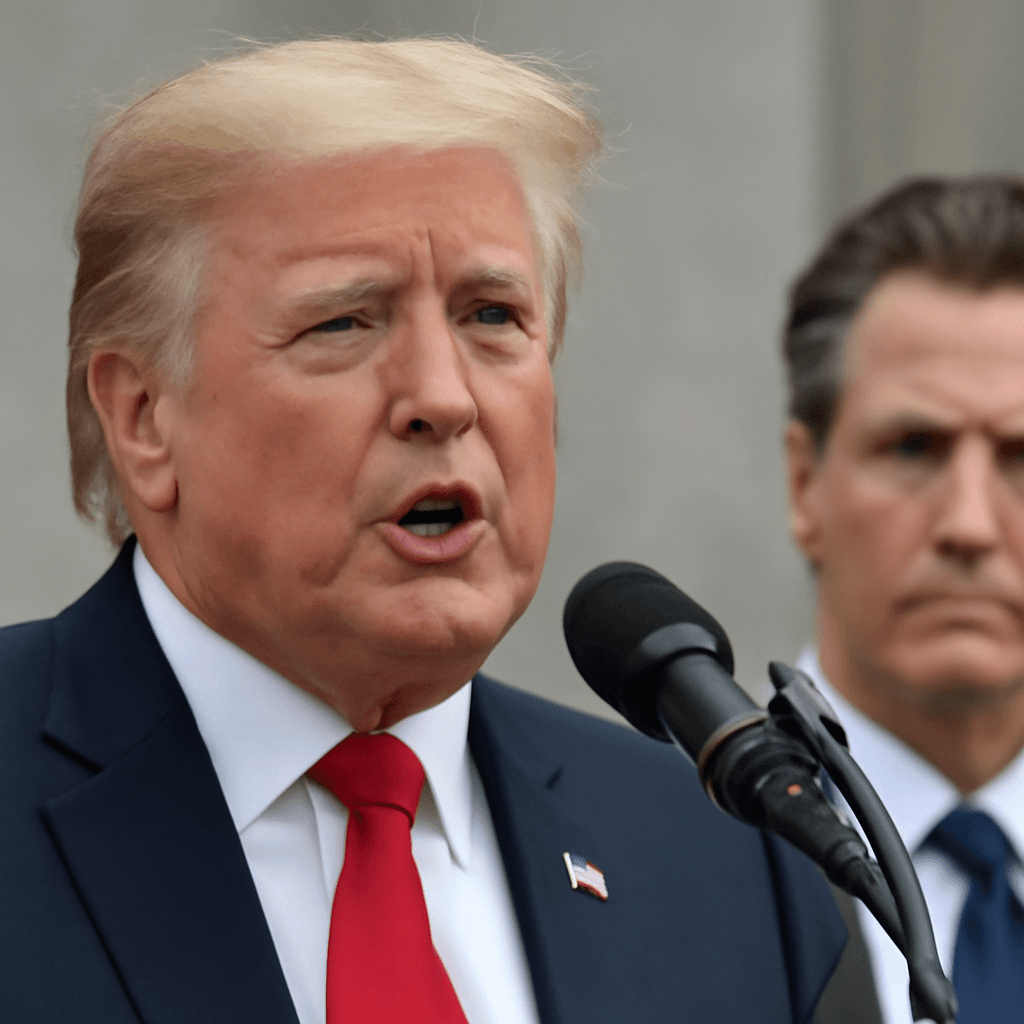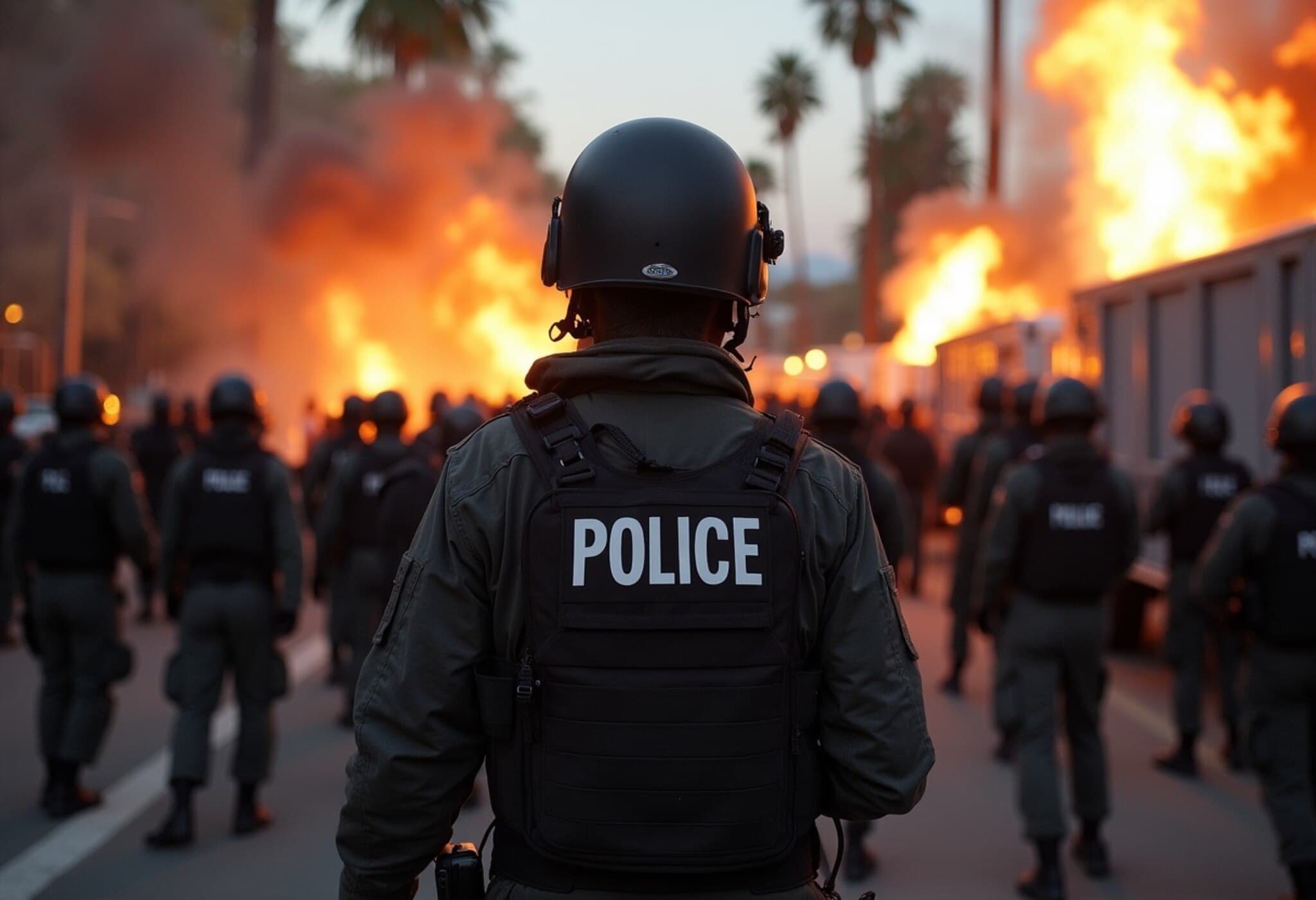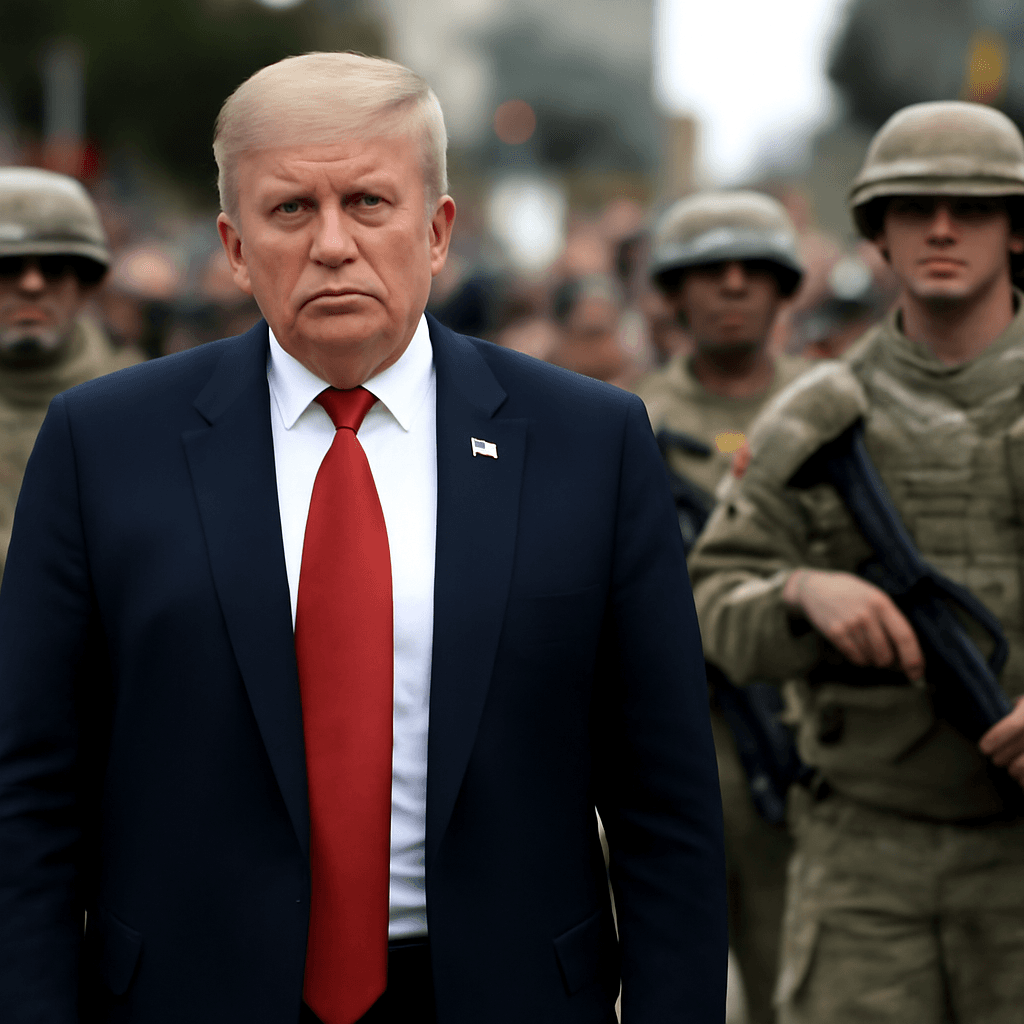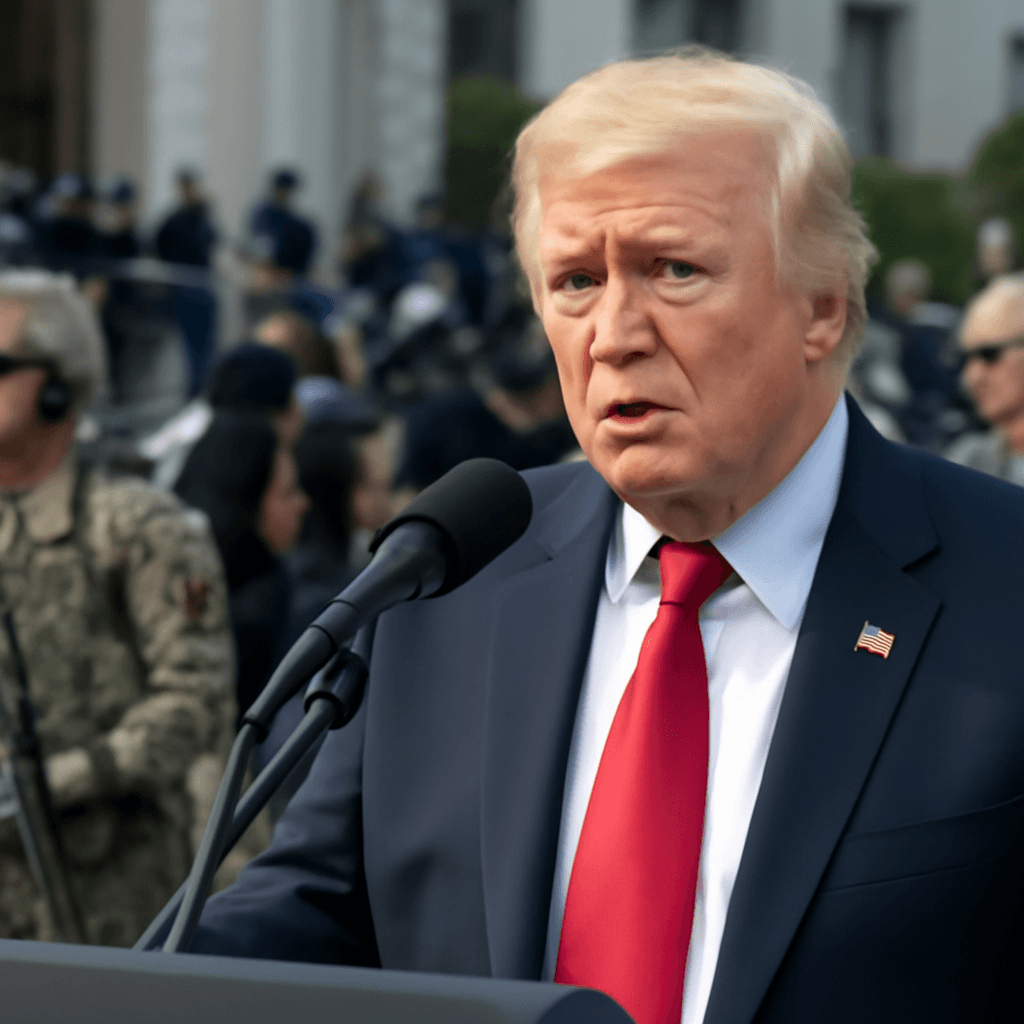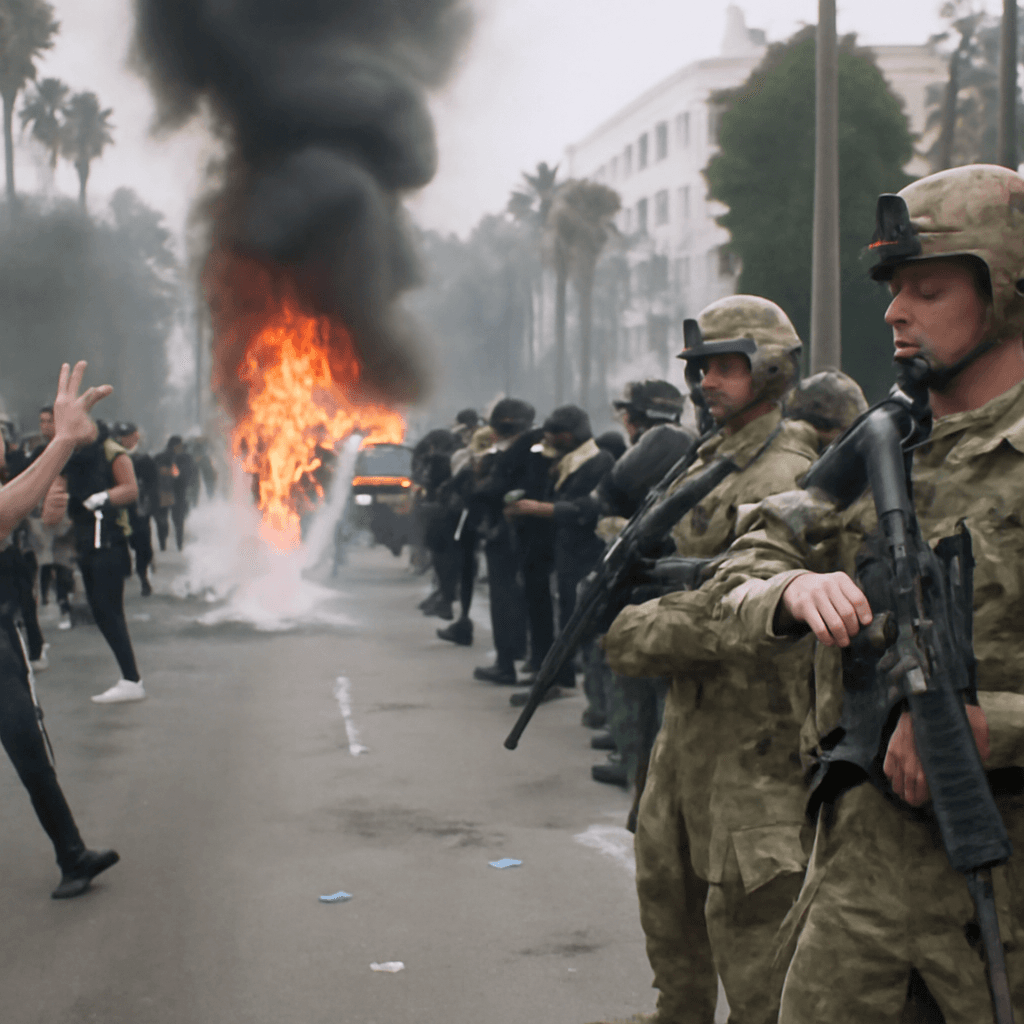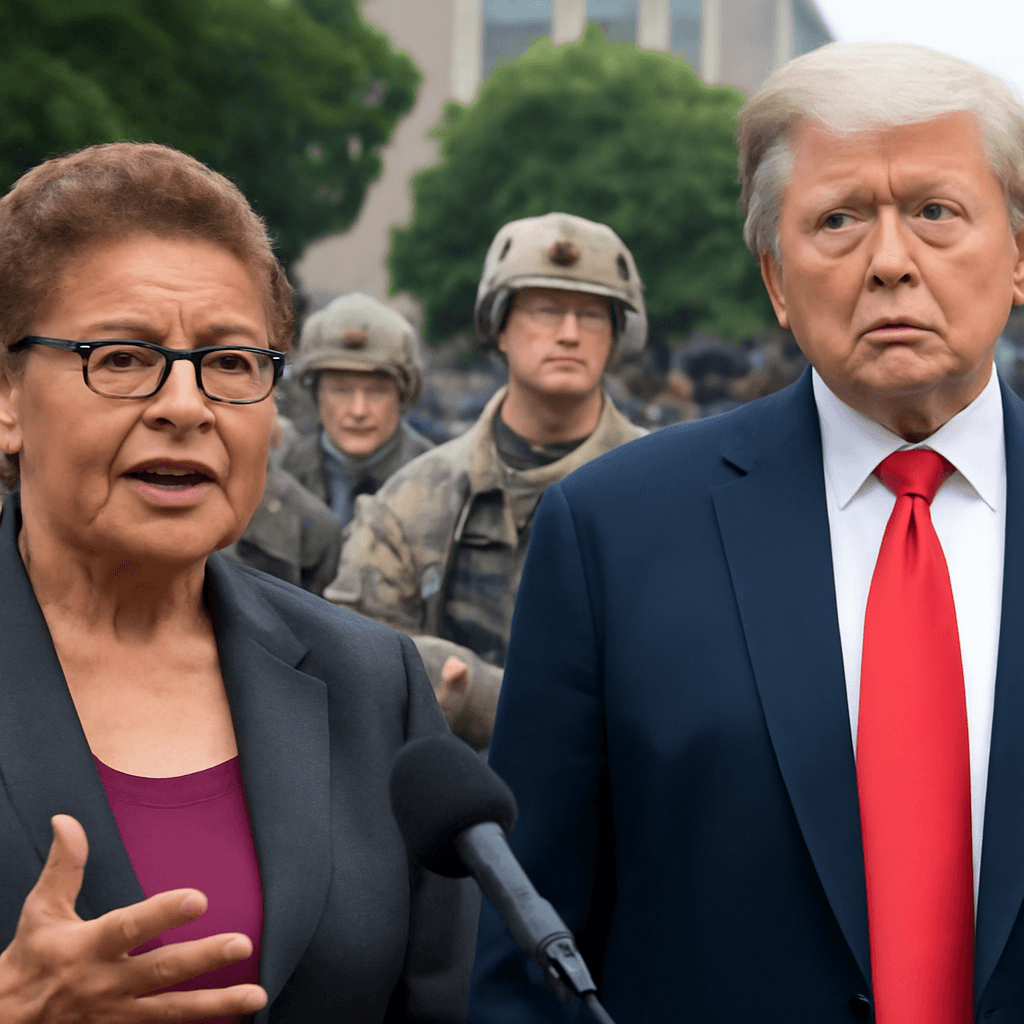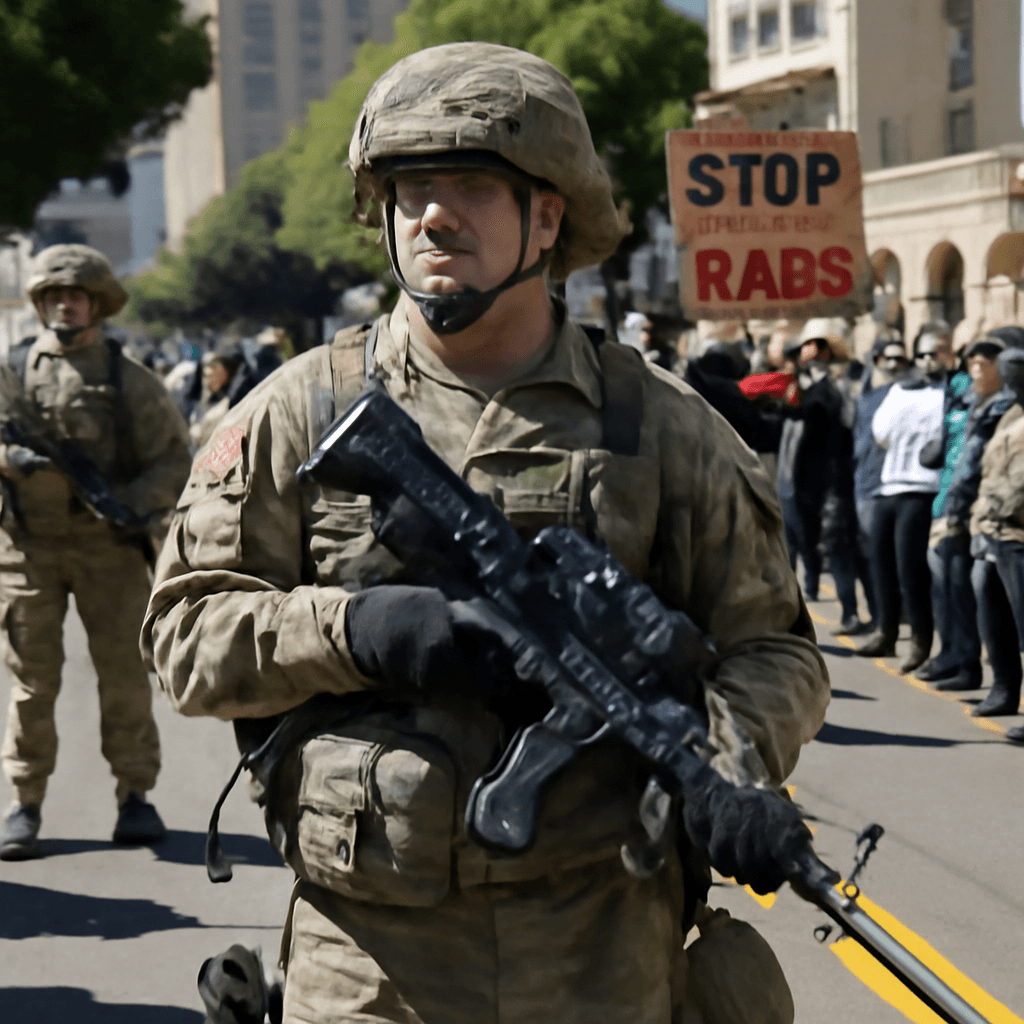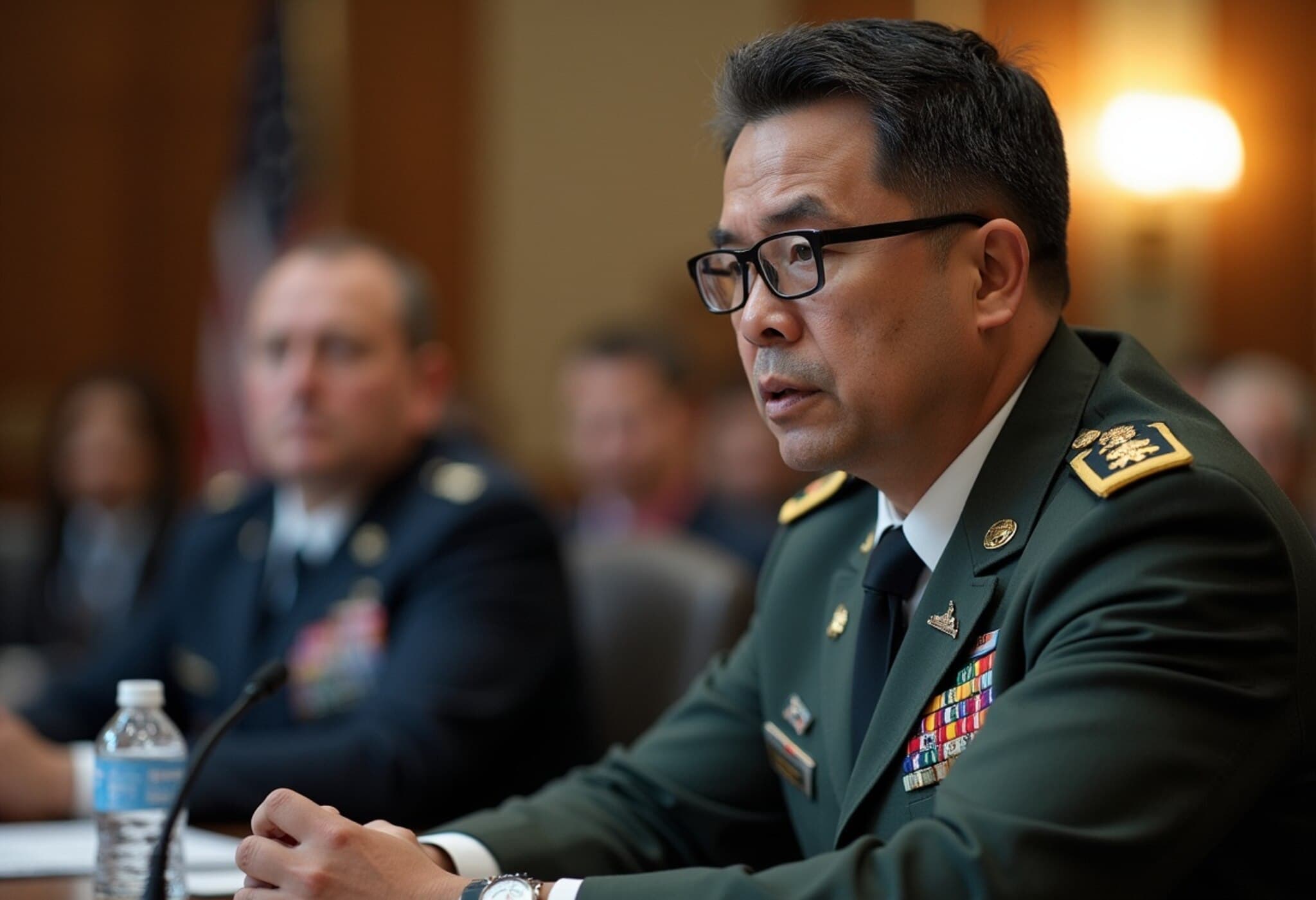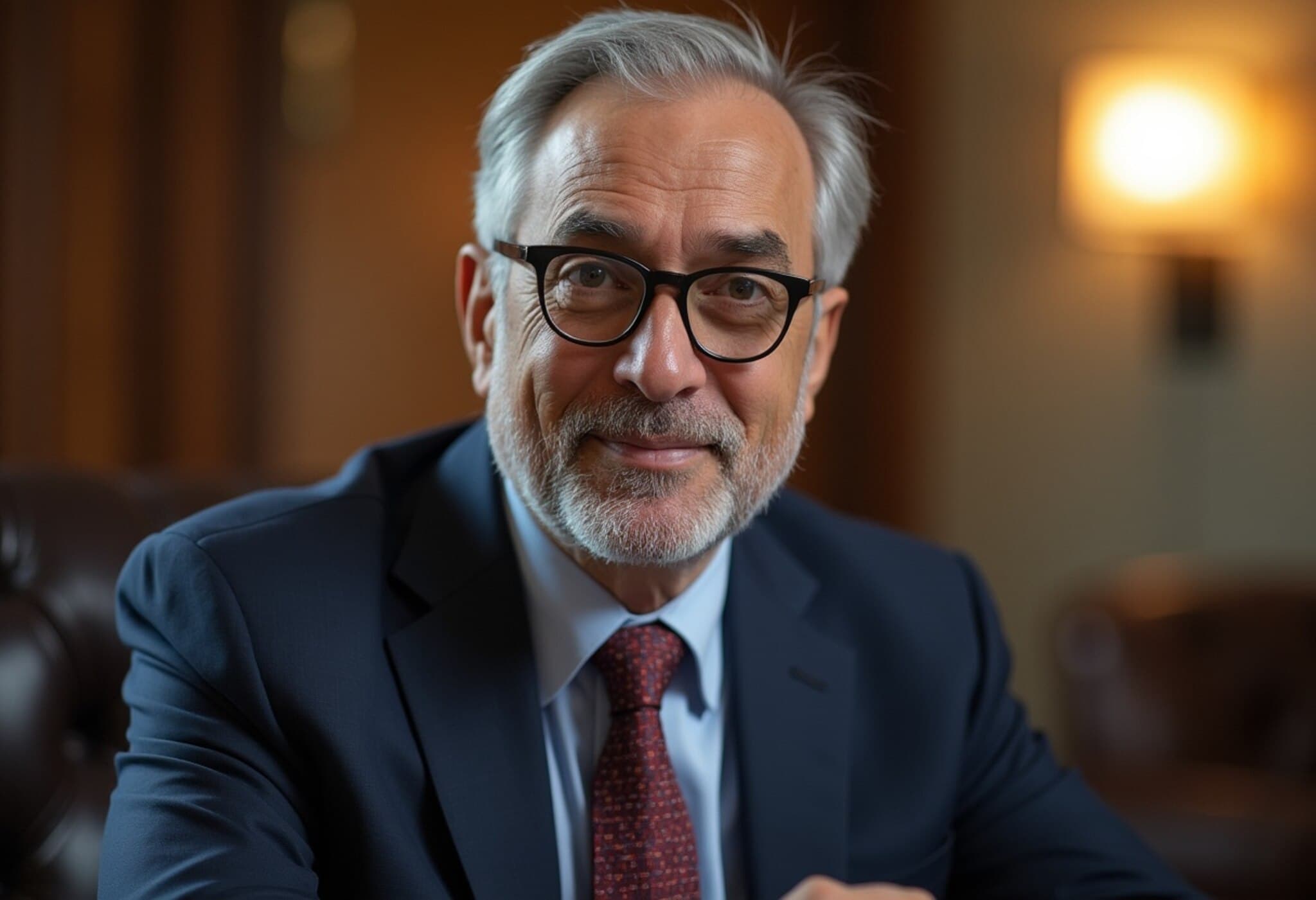Trump Deploys Troops to Los Angeles Amid Rising Immigration Protests
In a bold move responding to ongoing immigration protests, President Donald Trump has ordered the deployment of approximately 700 Marines and 4,000 National Guard troops to Los Angeles. This federal intervention, taken without California’s consent, has stirred a storm of legal battles, public unrest, and political posturing.
Escalating Protests and State Defiance
What began as protests against Immigration and Customs Enforcement (ICE) raids in Los Angeles quickly escalated, spreading nationwide to cities such as New York, Chicago, and Austin. Demonstrators demand an end to ICE operations and mass deportations. While the majority remain peaceful, some protests have witnessed looting, arrests, and confrontations.
In response to mounting tension, Los Angeles Mayor Karen Bass instituted a curfew across parts of downtown after 23 businesses were looted, with nearly 200 arrests reported in a single day. The scene of fires, masked protesters waving Mexican flags, and visible unrest is fueling a fierce political narrative.
Political Clashes: Trump vs. Governor Newsom
President Trump defended the military mobilization as a necessary step to restore order, describing the unrest as a "full-blown assault on peace, public order, and national sovereignty." At a speech in Fort Bragg, he declared, "We will liberate Los Angeles," framing the deployment as a stand against chaos.
Conversely, California Governor Gavin Newsom condemned the move as an unconstitutional abuse of power that risks inflaming tensions. Newsom proclaimed, "Democracy is under assault," and labeled the crisis as "manufactured," accusing the federal administration of choosing theatrics over thoughtful public safety.
Filing a lawsuit against the federal government, California argues the troop deployment violates state sovereignty and potentially breaches the Posse Comitatus Act, which restricts federal troops from civilian policing.
Federal Forces on the Streets: A Symbolic Showdown
Military personnel in riot gear have been seen practicing crowd control drills, contributing to an atmosphere reminiscent of civil rights-era confrontations. This is the first presidential override of a state's authority in such a manner since the 1960s, indicating the gravity and uniqueness of the situation.
The Bigger Picture: Political Gains and National Implications
Sources close to the Trump administration view the Los Angeles unrest as an unexpected boon, providing powerful law-and-order imagery they believe will energize the president’s base ahead of upcoming elections. The scenes of unrest serve to reinforce Trump’s tough stance on immigration and frame Democratic leaders as incapable of maintaining security.
Governor Newsom, eyeing a prominent role in future Democratic politics, is leveraging the crisis to position himself as a defender of constitutional rights and opponent of federal overreach.
Upcoming Challenges and Potential Flashpoints
- Saturday’s "No Kings Day" protests, coinciding with Trump’s 79th birthday and a planned military parade, are expected to escalate tensions further.
- Homeland Security officials have signaled intensified ICE operations following protests, maintaining a hardline immigration enforcement policy.
- Legal battles are likely to unfold as California's lawsuit brings the controversy to federal courts, challenging the constitutional boundaries of presidential emergency powers.
The Local Perspective and Risks of Militarized Policing
Local authorities and law enforcement maintain confidence in their ability to manage the unrest without active-duty troops. Critics argue that deploying combat-trained soldiers for crowd control in a civilian city like Los Angeles is dangerous and unwarranted.
Mayor Bass and city officials carefully differentiate between peaceful protesters and opportunistic criminals exploiting the chaos. Community voices express concern that the federal response may escalate rather than quell violence.
Conclusion: A High-Stakes Political Gambit
President Trump appears to be using the Los Angeles unrest as a political catalyst, leveraging images of chaos to fortify his immigration agenda and rally supporters. His rhetoric firmly links immigration issues with crime and lawlessness, while his opponents warn of authoritarian tendencies and constitutional transgressions.
As the standoff unfolds, both sides harness the situation to energize their bases, making it clear that this conflict extends far beyond local grievances—it is shaping into a defining battle over power, principles, and policy in America’s evolving political landscape.

